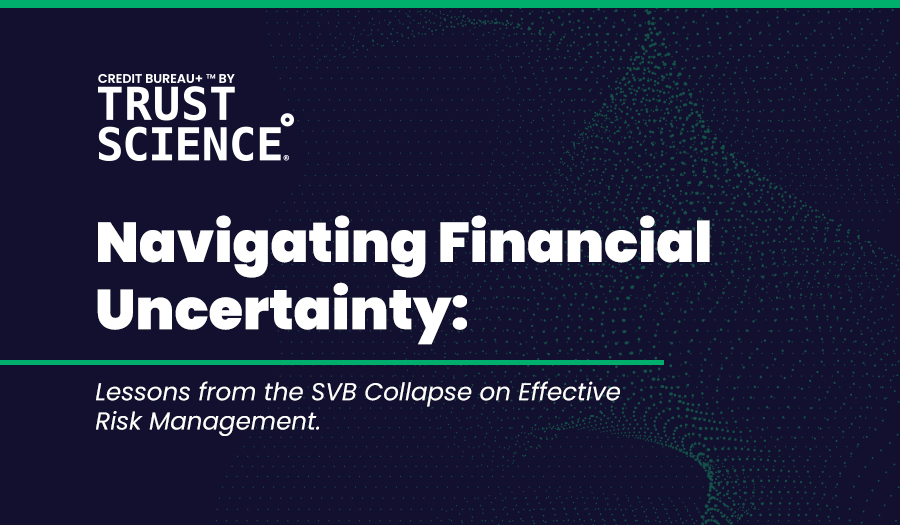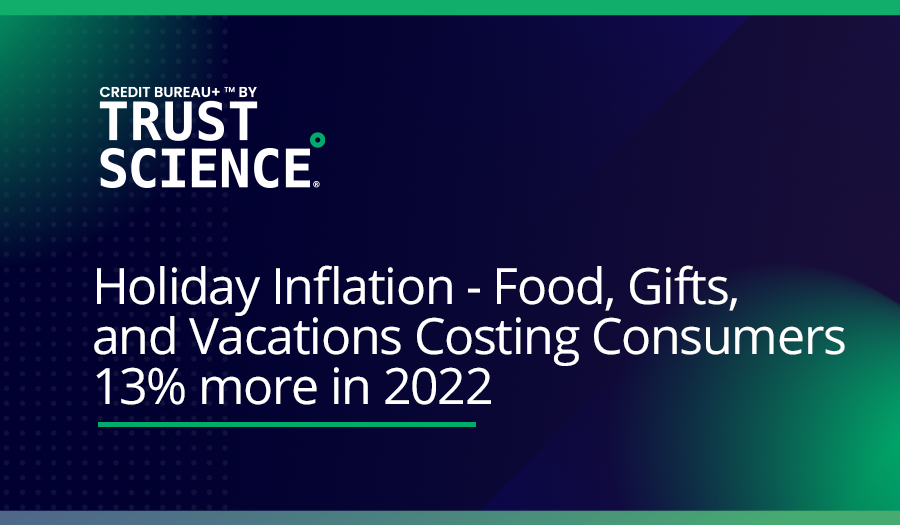Since GM & Ford first introduced Auto Loans & “Payment Plans” in the 1910s, decisioning has been all about the borrower’s Payment History & Ability to Pay. This has essentially remained to same for over 100 years. Today, for all Auto Lenders, that’s simply not enough.
Fortunately, a true AI/ML Platform, like Trust Science’s Decision Management Suite, is capable of providing, synthesizing and solving for all additional data points affecting Risk, in a dynamic environment, constantly refining focus toward achieving your objectives.
Employment continues to experience unprecedented churn, tumbling Income & Tenure model reliability. These are other elements that have a profound effect, which Trust Science has been helping lenders block & tackle to lift performance & better gauge default probability.
States Extending Credit Reporting Restrictions Till August 31, 2021:
These extensions will now make it 18 months that Bureaus have been blinded by these restrictions. This has been hindering predictability, while artificially raising Credit Scores: “Prohibits lenders from negative credit reporting to any credit reporting agency based on (i) a stay of any mortgage foreclosure proceedings, tax foreclosure proceedings or tax lien sales; or (ii) mortgage arrears during the COVID-19 period with respect to an owner who has filed a Hardship Declaration with the lender.”
Record High Used Car Prices & Value Retention:
In Black Book’s Weekly Used Car Indexes we see how Wholesale Used Car prices have exploded beyond the recession recovery in 2009 and certainly above the initial rates in Q3 & Q4 2020 when retail sales initially reopened. Remaining COVID pent-up demand, HUGE fleet replenishment by Rent-A-Car firms, as travel picks up, and New Car chip supply struggles are the key drivers.
For lenders, caution should be taken as LTV, already an area of lender distinction, may pressure collateral risk valuations in later loan years as this dynamic will subside.
The good news is, the Black Book Retention Index is at an all-time high. In a recent article In BHPH Dealer I pointed out, due to a very substantial reduction in driving over the COVID pandemic, and permanent options to “work from home”, collateral risk is being mitigated. The numbers are bearing it out, and much of which will remain going forward.
Consumers Feeling the Pinch:
Notwithstanding continued low finance rates, the slowed rate of driving, and depreciation, Average Fuel Prices have eclipsed $3.00 Per/Gal Nationally, with some expecting it to near $3.50 as the Summer driving season arrives. This is a key driver of the entire Consumer Price Index but has direct implications to your borrower’s Ability to Pay. Considerations can, and should, be made to account for this dynamic.
The spillover effect of fuel prices into everything we buy, along with spikes in demand for multiple segments of the economy, caused a sharper than expected 4.2% leap in the Inflation Rate, with a .08% jump in the CPI. Simply put, consumers monthly spend is beginning to be squeezed.
Rising Fraud Rates:
Fraud in Auto lending has risen again in 2020 to about $7.3 Billion. Following is a chart from Equifax demonstrating the ripple effects of fraudulent activity, transcending the conventional concerns of ID, Income, & Employment verification. As highlighted, Loan & Lease Fraud increasing by 37.2% is alarming, however, other sectors lenders rely on to assess borrower risk are being VERY clouded also. “Other Identity Theft” ID Theft & Synthetic Fraud, up 37.9% bears attention. Phone & Utility Fraud being up 28.9% and Banking Fraud up 134% certainly cause concern on multiple verification points relied on in Auto Finance. Clearly what jumps out the most is the overwhelming amount of “Government Document & Benefits Fraud”. Here is why; estimates run the gamut to as high as OVER $100 BILLION that has been dispersed to fraudulent SBA, Stimulus, and Unemployment benefit recipients. These dollars have added Down Payments that would not have been, and a false sense of security in the borrower’s Ability to Pay. This will fade, if not clawed back by authorities, manifesting the true risk of the borrower, when it’s too late.
Reach out to discuss how we can help account and model for these and all variables in today’s Auto Finance environment.











